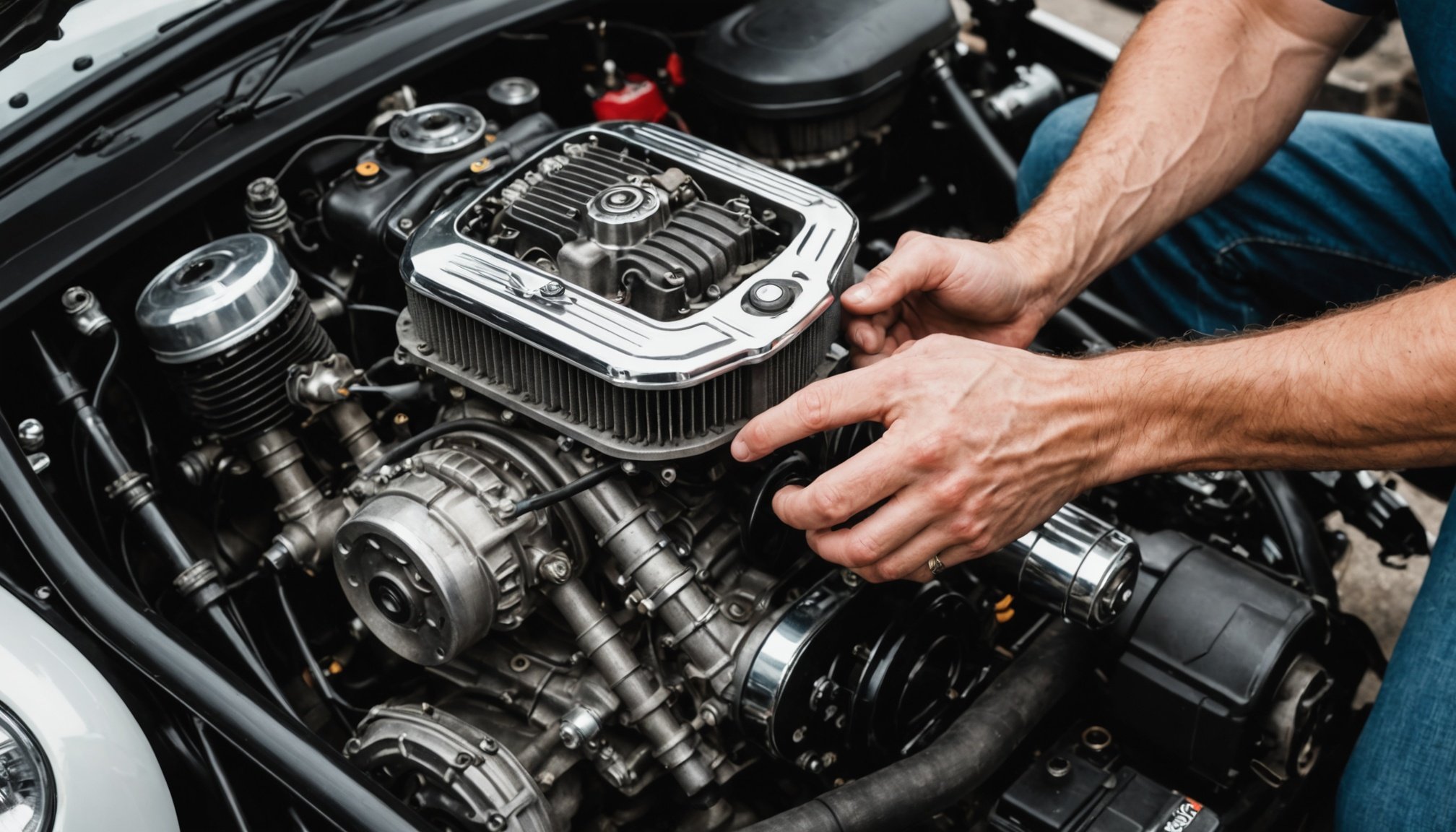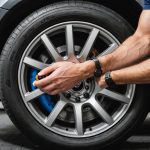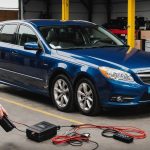Motorcycles offer a thrilling experience on the road, but they can also present their fair share of challenges. Understanding how to effectively troubleshoot common motorcycle engine issues not only enhances your riding experience but also extends the life of your bike. In this comprehensive guide, we will explore the primary problems that can arise with your motorcycle’s engine, providing you with detailed insights and practical solutions to keep your ride in top condition.
Understanding the Engine and Its Components
The engine is the heart of your motorcycle, responsible for converting fuel into the mechanical energy that powers your bike. Understanding its components is crucial for effective troubleshooting.
Topic to read : How can you prepare for a motorcycle road trip to avoid common pitfalls?
Inside your motorcycle engine, several key elements work together: the piston, spark plugs, clutch, and various systems like the fuel and oil systems. When diagnosing engine issues, you should start by familiarizing yourself with these components.
A malfunctioning piston can lead to a host of performance problems, including reduced power and poor fuel efficiency. If the piston rings are worn, they may cause excessive oil consumption or even engine knocking, which you might hear as a rattling noise.
Also to see : What are the top features to look for in a motorcycle helmet?
Spark plugs ignite the air-fuel mixture that powers your engine. If they are clogged or worn out, you might experience difficulties starting your bike or uneven engine performance. Regularly checking your spark plugs can prevent these issues.
The clutch is another component that can affect engine performance. If it’s slipping or not engaging properly, you may have trouble accelerating or shifting gears. A malfunctioning clutch can also lead to increased wear on the engine due to excessive strain.
Lastly, don’t overlook the fuel and oil systems. Clogged fuel filters or oil passages can starve your engine of necessary fluids, leading to overheating or complete engine failure. Regular maintenance, including oil changes and fuel system cleaning, is key to preventing these kinds of issues. Understanding these components and their functions will empower you to identify and address problems before they escalate.
Diagnosing Engine Problems
When you experience engine problems, a systematic approach to diagnosis is essential. Start by gathering information about the symptoms your motorcycle is exhibiting. Common signs of trouble include unusual noises, poor acceleration, or warning lights on the dashboard.
Begin your diagnosis with a visual inspection of the engine and its surroundings. Look for leaks, worn components, or anything that seems out of place. Pay particular attention to the battery connections and ensure they are clean and secure. A weak battery can prevent your motorcycle from starting, mimicking engine issues.
Next, check the oil level and quality. Low or dirty oil can lead to engine overheating and friction, which can cause severe damage. If the oil appears contaminated, an oil change is necessary.
After addressing the oil, inspect the fuel system. Ensure the fuel is clean and free of water or contaminants. A clogged fuel filter can impede fuel flow, causing poor engine performance. If necessary, clean or replace the filter to restore optimal flow.
Don’t forget to check the air filter as well. A dirty air filter can restrict airflow, leading to a rich fuel mixture that can foul the spark plugs. Ensure the filter is clean to maintain efficient combustion.
For issues with starting, you may need to examine the starter motor and associated wiring. A malfunctioning starter can prevent the engine from turning over, even if the battery is charged. Testing the starter and its connections can help determine if this is the source of your problem.
Common Engine Problems and Solutions
Several common engine problems may arise during the life of your motorcycle. Understanding these issues and their solutions can save you time and money.
One of the most frequent problems is a clogged fuel line. This can occur due to dirt and debris entering the fuel system, which can restrict fuel flow to the engine. If you suspect this is the issue, inspect the fuel lines for blockages and replace or clean them as necessary.
Another common problem is an overheating engine, which can often result from low coolant levels or a malfunctioning thermostat. Regularly checking coolant levels and ensuring proper flow through the system can prevent overheating and potential engine damage.
If your motorcycle is experiencing poor acceleration, it could be due to issues with the clutch. A slipping clutch can cause a noticeable loss in power delivery. Inspect the clutch cable and adjust it if necessary. If the issue persists, you may need to replace the clutch plates.
Problems with the battery can also cause starting difficulties or electrical issues. Ensure the battery terminals are clean and check the battery’s charge. A weak or old battery may need replacement to avoid further complications.
Finally, a spark plug misfire can lead to poor engine performance, rough idling, and loss of power. Regularly inspect and replace spark plugs according to the manufacturer’s recommendations to maintain optimal engine health. Keeping a close eye on these common issues can help you address problems swiftly.
Maintaining Your Motorcycle Engine
Preventative maintenance is vital for ensuring the longevity of your motorcycle engine. By following a consistent maintenance routine, you can prevent many common issues from arising.
Start with regular oil changes. Depending on your motorcycle type and usage, it’s recommended to change the oil every 3,000 to 5,000 miles. Fresh oil lubricates the engine components and helps prevent wear.
Don’t forget to check the battery regularly. Clean the terminals, check the charge, and replace the battery every few years to ensure reliability. A well-maintained battery can save you from unexpected starting issues.
Inspect the air and fuel filters every season. Clean or replace them as needed to ensure optimal airflow and fuel delivery. A clean air filter allows your engine to breathe freely, while a clean fuel filter ensures a steady supply of fuel.
Routine inspections of the spark plugs can also prevent misfire issues. Replace them as per the manufacturer’s recommendations, and clean them if you notice any carbon buildup. This simple check can significantly affect how well your engine runs.
Lastly, pay attention to the brake system. While not directly connected to engine performance, a properly functioning brake system is crucial for overall safety and can prevent strain on the engine during operation. Regular maintenance will ensure that your motorcycle runs smoothly and efficiently.
Troubleshooting common motorcycle engine issues effectively is an essential skill for every rider. By understanding the components of your engine and recognizing the symptoms of potential problems, you can address issues promptly and keep your bike operating at its best. Regular maintenance is key to preventing many of the problems discussed in this guide, ensuring a smoother, safer ride. Remember, a proactive approach will always serve you well in preserving the performance and longevity of your motorcycle.











